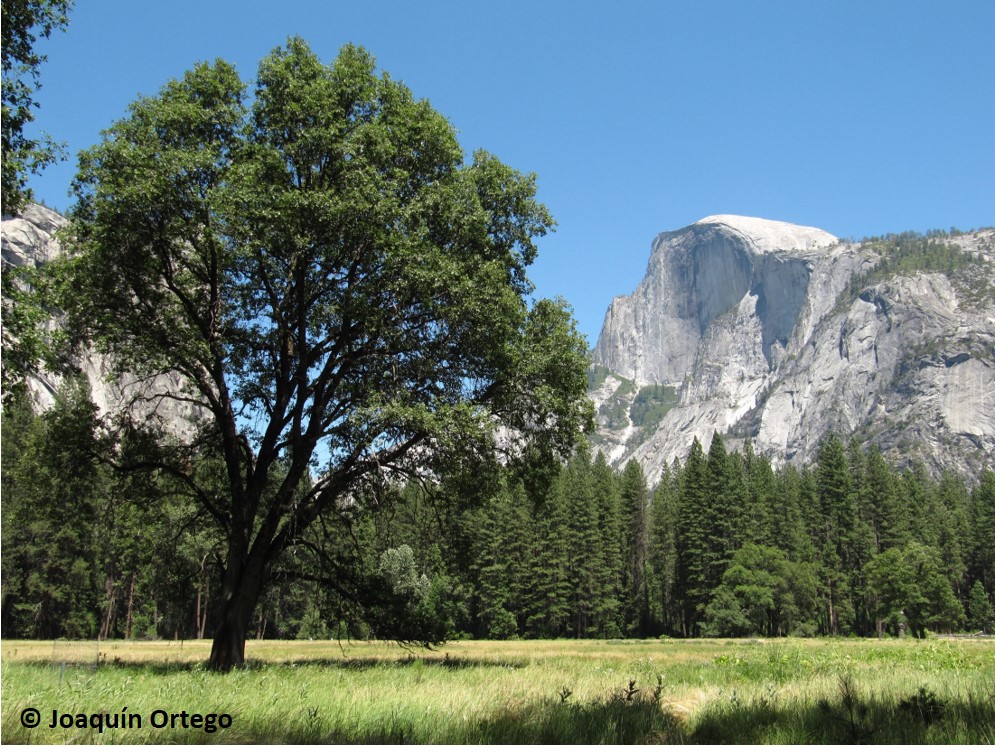Organisms interact with each other in very different ways. These interactions include, among many others, those established between prey and predators, hosts and parasites, and plant roots and beneficial mycorrhizal fungi. Plants also interact among them, competing for resources (e.g., water, light or nutrients) or creating a favorable environment (e.g., shade) that facilitates the establishment and survival of seedlings from other species. Although classic ecological studies have profoundly analyzed interactions among plant species at small spatial scales (a few meters), very little is known about how such interactions translate into large-scale patterns of species distributions. In this recent study, for the first time it was we analyzed how plant-plant interactions can potentially impact the distribution and range-wide patterns of genomic variation in two Californian oaks, the scrub oak (Quercus berberidifolia) and the canyon live oak (Quercus chrysolepis). Specifically, genomic data were used to test and validate alternative distributional and gene flow models considering how these two focal species might have been affected by hypothetical interactions (negative or positive) exerted by the rest of oak taxa from the Californian species-rich oak community. This study revealed that both positive and negative interactions with other oaks have shaped the distribution and spatial patterns of genomic variation in the two studied species, supporting that the consequences of biotic interactions transcend much larger geographical scales than the traditional local focus of classic ecological studies. These results also have important implications for conservation research: the integration of interspecific interactions into predictive models is expected to considerable improve our capacity to forecast the responses of species and whole communities to global warming, which can ultimately help to mitigate its pernicious consequences on biodiversity. informacion[at]ebd.csic.es: Ortego & Knowles (2020) Incorporating interspecific interactions into phylogeographic models: A case study with Californian oaks. Mol Ecol DOI 10.1111/mec.15548
https://onlinelibrary.wiley.com/doi/abs/10.1111/mec.15548








 Un estudio analiza la distribución de los mosquitos transmisores de la malaria en España
Un estudio analiza la distribución de los mosquitos transmisores de la malaria en España


